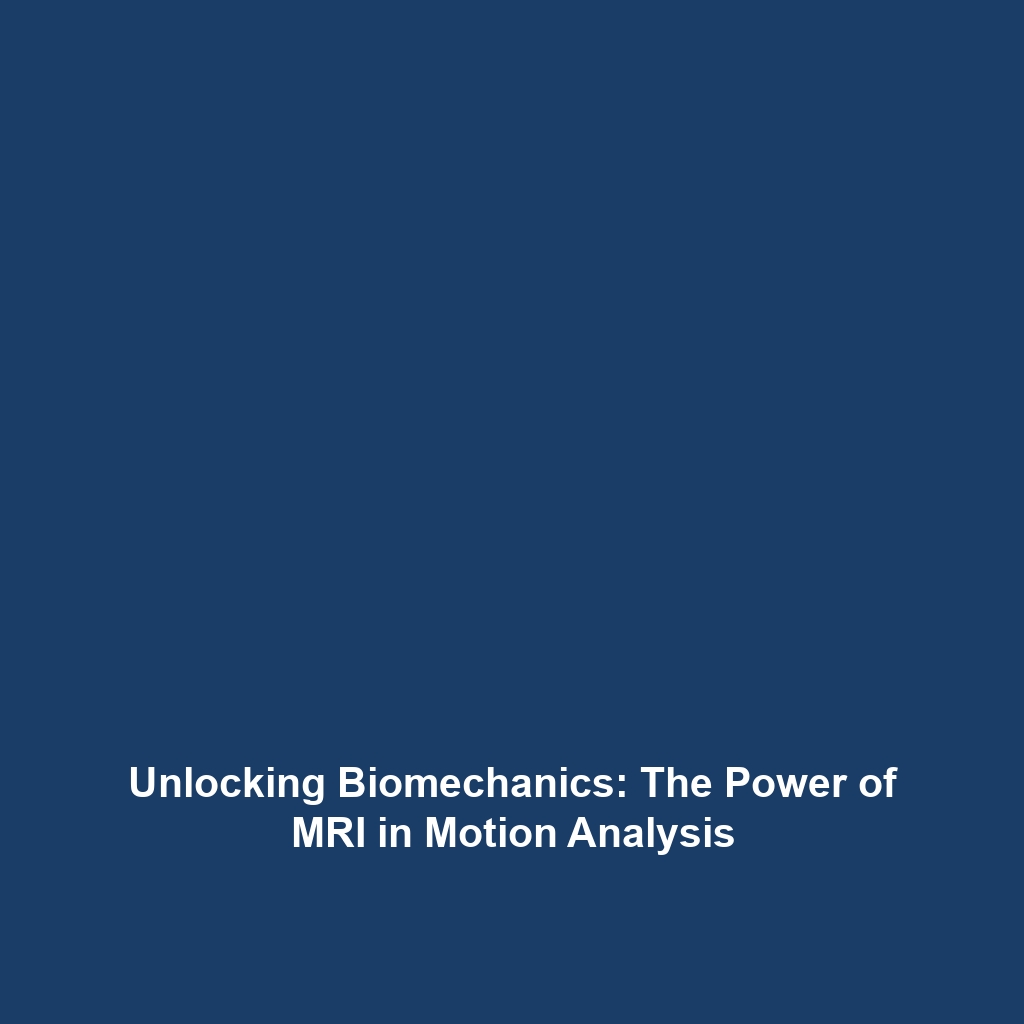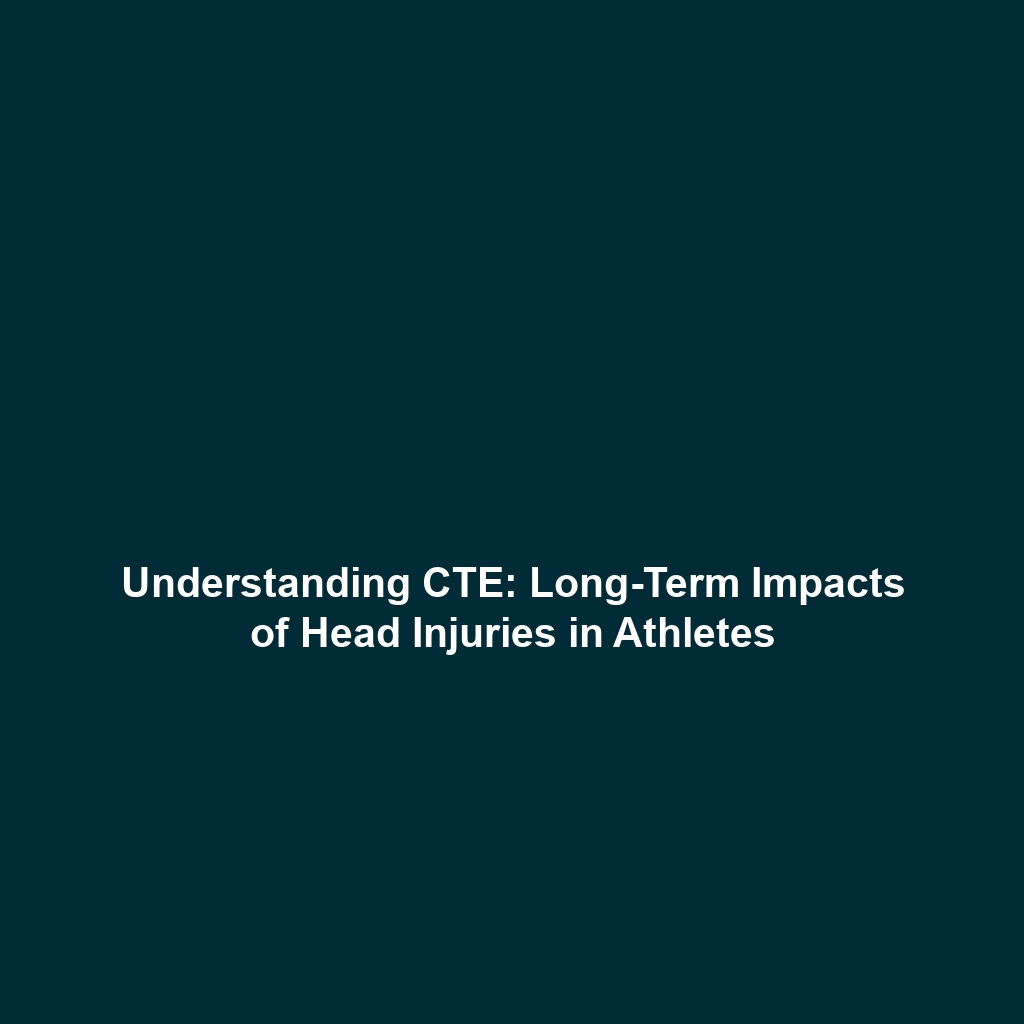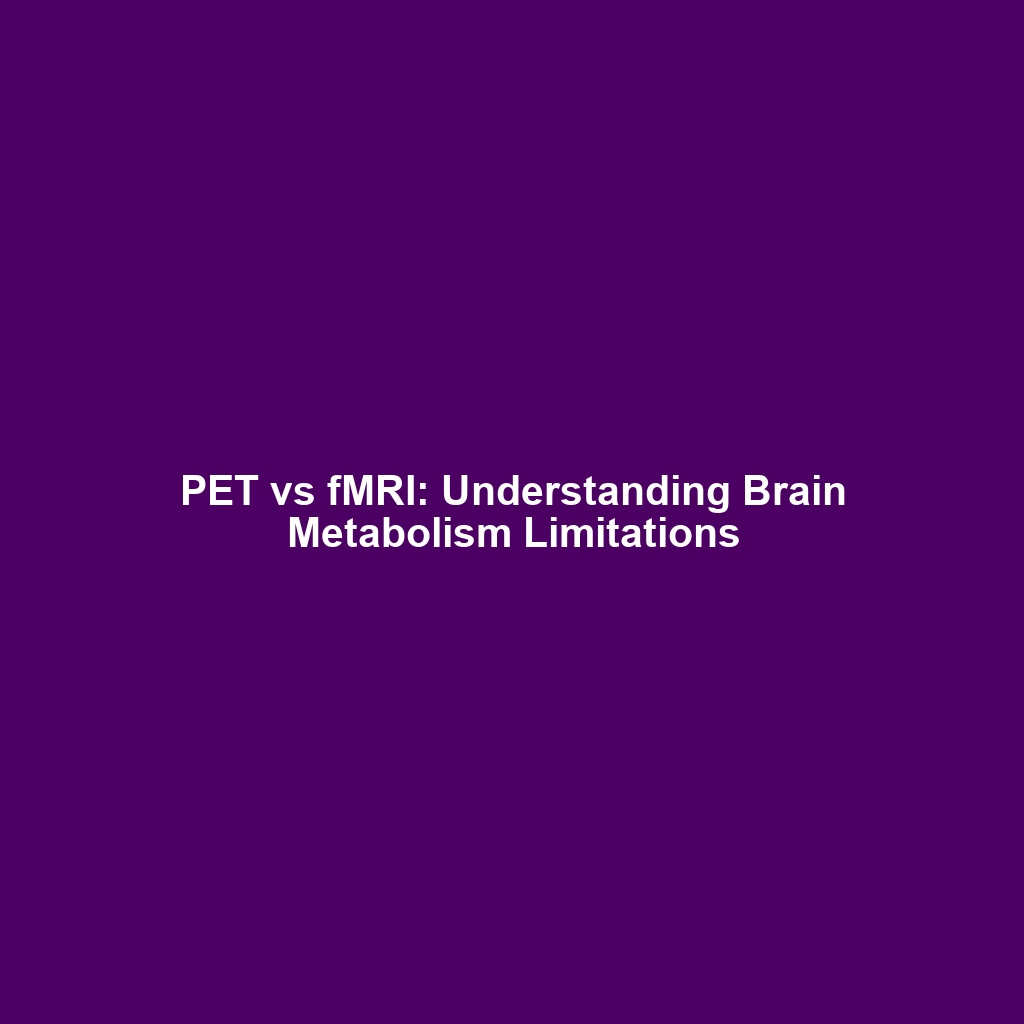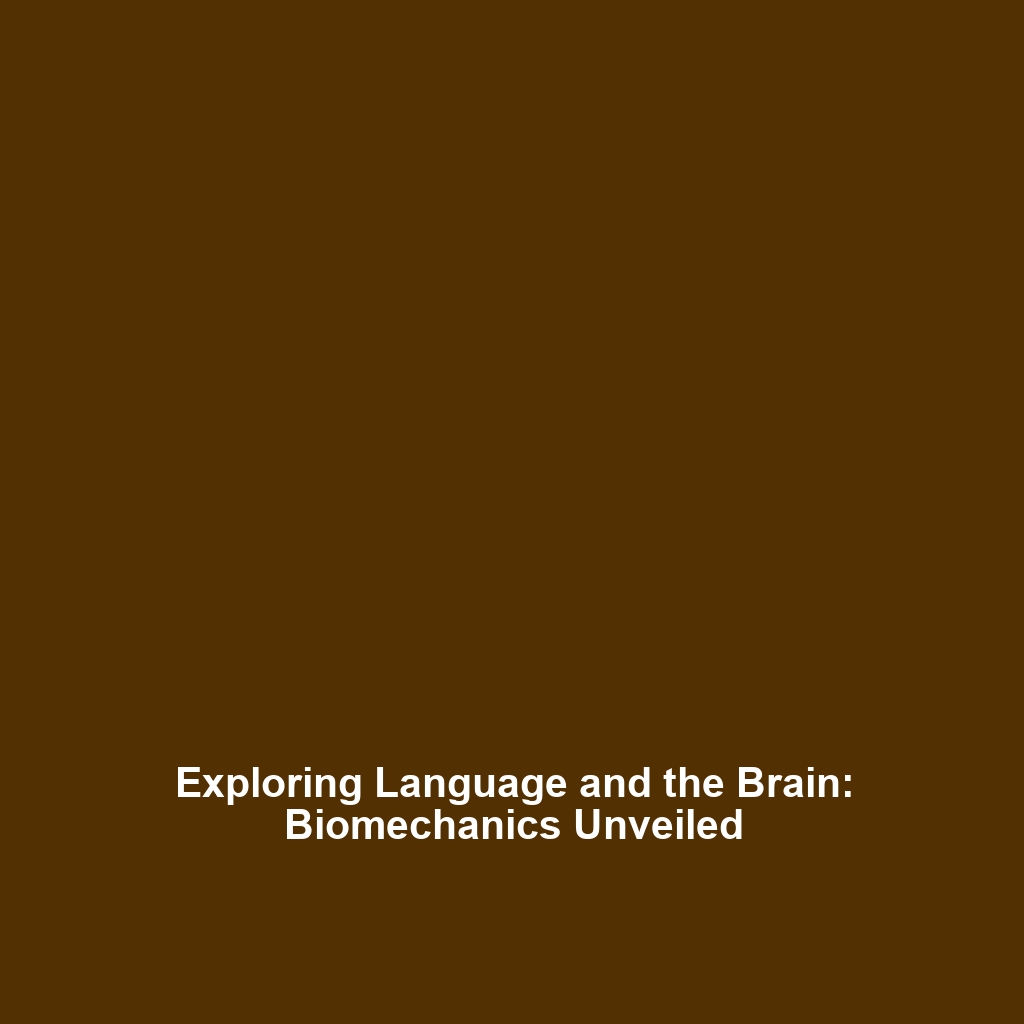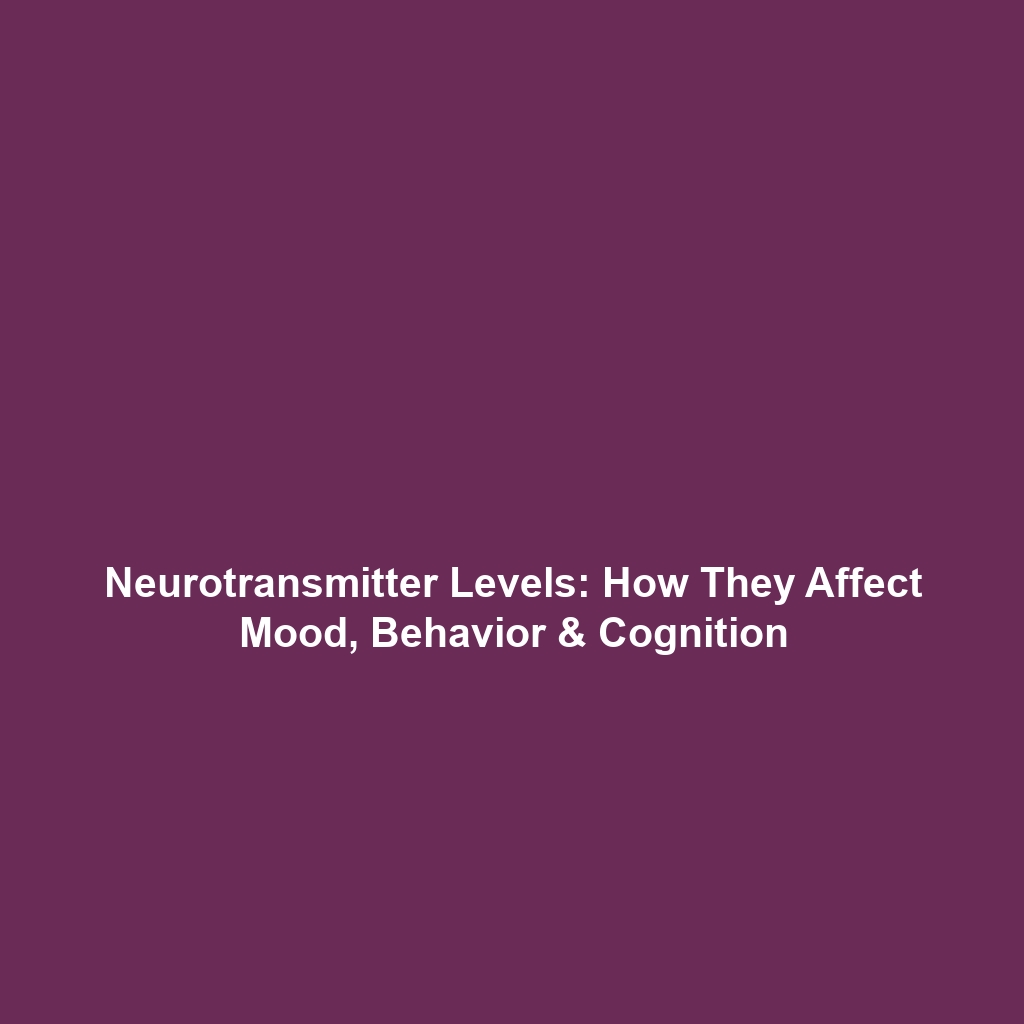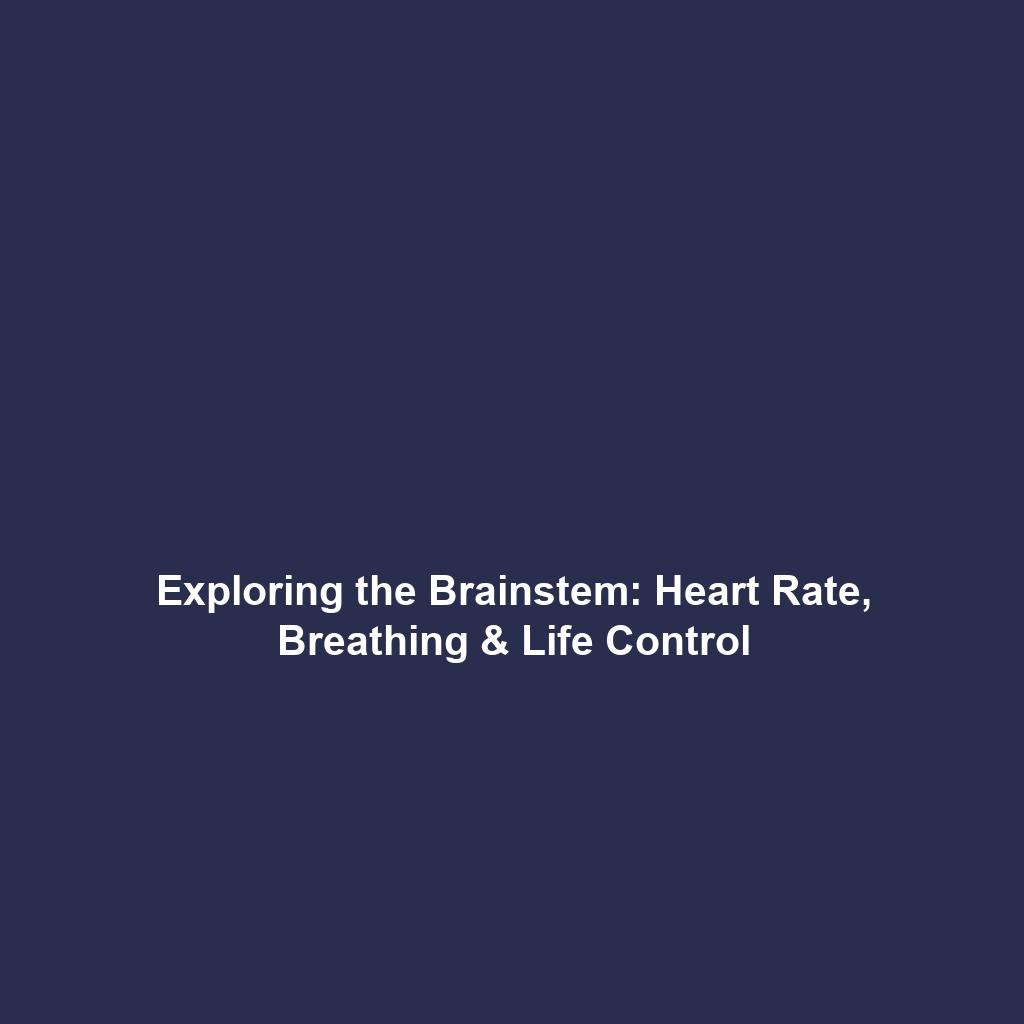Magnetic Resonance Imaging (MRI) in Biomechanics
Introduction
Magnetic Resonance Imaging (MRI) is a powerful diagnostic tool that has transformed the field of biomechanics by providing detailed images of the body’s internal structures without the need for ionizing radiation. This non-invasive imaging technique has significant implications for understanding musculoskeletal dynamics and injury assessments. As biomechanics continues to explore the mechanics of body movements, MRI’s role becomes increasingly vital, enabling researchers and clinicians to glean insights into soft tissue conditions, joint mechanics, and overall physiological function.
Key Concepts of Magnetic Resonance Imaging (MRI)
Magnetic Resonance Imaging (MRI) operates on principles of nuclear magnetic resonance, where high-powered magnets and radio waves create detailed images of organs and tissues. Here are some major concepts related to MRI:
- Safety and Non-Invasiveness: MRI does not use harmful ionizing radiation, making it safer than other imaging modalities.
- Superior Soft Tissue Contrast: MRI provides exceptional contrast for soft tissues compared to CT or X-ray imaging, vital for analyzing muscle, tendon, and cartilage.
- Functional Imaging: Advanced MRI techniques, like functional MRI (fMRI), can also measure metabolic activity and blood flow, useful for sports biomechanics.
Applications and Real-World Uses
The applications of Magnetic Resonance Imaging (MRI) in the field of biomechanics are extensive. Here are some practical uses:
- Injury Assessment: MRI is critical in diagnosing sports injuries such as tears in ligaments and muscles.
- Post-Surgical Evaluation: MRI helps monitor recovery after orthopedic surgeries by assessing tissue healing and graft integration.
- Biomechanical Research: Researchers utilize MRI to study human motion, muscle activation patterns, and joint function during dynamic activities.
Current Challenges in Magnetic Resonance Imaging (MRI)
Despite its advantages, several challenges of Magnetic Resonance Imaging (MRI) within biomechanics exist:
- Cost and Accessibility: MRI machines are expensive, limiting access in some regions.
- Time-consuming Procedures: MRI scans may take longer than other imaging techniques, making them less convenient for urgent clinical settings.
- Patient Compliance: The requirement for patients to stay still for an extended period can lead to movement artifacts, affecting image quality.
Future Research and Innovations
The future of Magnetic Resonance Imaging (MRI) in biomechanics is poised for exciting advancements, including:
- Improved Imaging Techniques: Innovations such as higher field strength MRI and parallel imaging are expected to enhance image resolution and reduce scan times.
- Integration with Other Technologies: Combining MRI with artificial intelligence could facilitate automatic anomaly detection and improved interpretations.
- Portable MRI Devices: Developing portable MRI technology may provide on-site imaging solutions in sports and rehabilitation settings.
Conclusion
Magnetic Resonance Imaging (MRI) plays a pivotal role in the realm of biomechanics, offering unprecedented insights into the musculoskeletal system. The ongoing research and technological advancements indicate a promising future where MRI could further enhance our understanding of human movement, injury prevention, and treatment strategies. For more information on biomechanics applications, consider exploring our Biomechanics Applications page.
